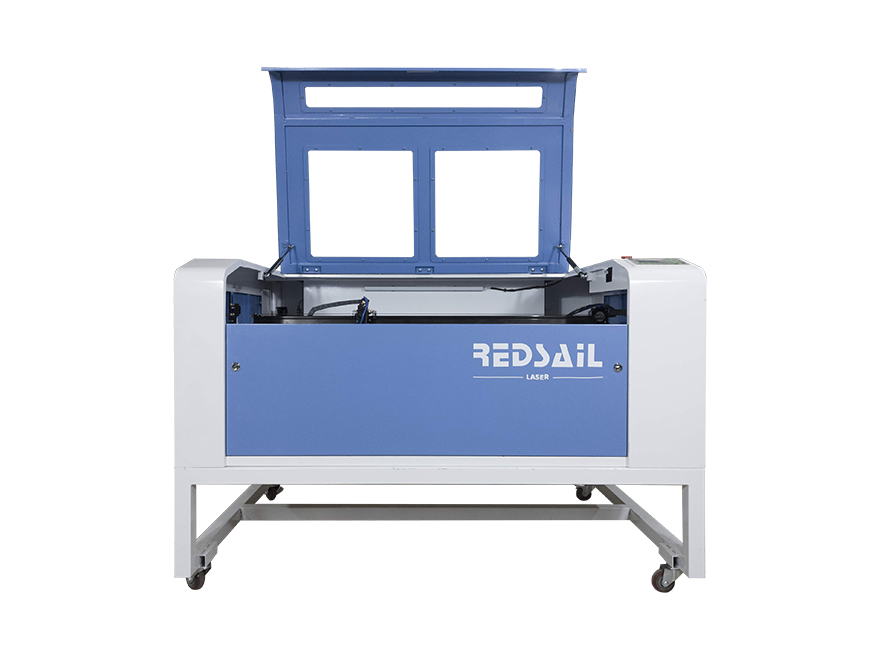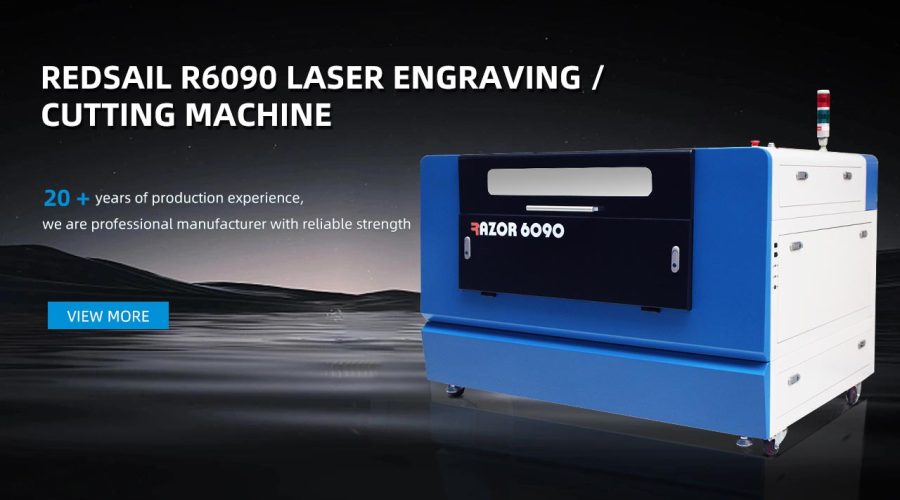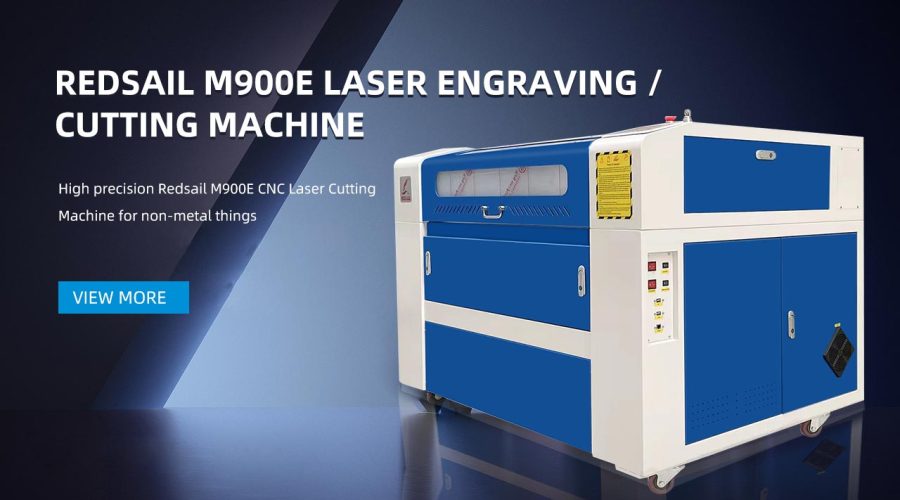Which Laser is the Best for Cutting Wood: Unveiling the Ultimate Woodworking Tool
Introduction
Woodworking is both an art form and a practical skill that requires precision when it comes to cutting materials. Traditional tools like saws and routers have been widely used for this purpose, but the advent of laser technology has revolutionized the woodworking industry. Laser cutters are now considered essential tools for woodworkers due to their incredible accuracy, speed, and versatility. However, with numerous laser options available in the market, it can be overwhelming to determine which laser is best for cutting wood.
Understanding Laser Cutting for Woodworking
Laser cutting is the process of using a high-powered laser beam to melt, burn, or vaporize materials. When it comes to woodworking, lasers can accurately cut various types of wood with minimal waste. The lasers used for this purpose are typically CO2 lasers or fiber lasers. While both options are effective, they have different strengths and limitations.
The Best Laser for Cutting Wood
CO2 Lasers
CO2 lasers are commonly used in woodworking due to their exceptional precision and ability to cut through thick materials. They work by emitting a laser beam through a gas-filled tube, which is then directed towards the wood surface. CO2 lasers produce a wavelength of around 10.6 micrometers, allowing them to cut through most types of wood with ease. They also have the advantage of being able to precisely engrave intricate designs onto wood surfaces.
Fiber Lasers
Fiber lasers, on the other hand, employ a solid-state laser source that uses optical fibers to deliver the laser beam. While fiber lasers are more commonly associated with metal cutting, they also have the potential to cut wood effectively. Fiber lasers emit a wavelength of around 1.06 micrometers, which is absorbed by organic materials like wood. These lasers are known for their speed and efficiency, making them an excellent choice for mass production and industrial woodworking.
Factors to Consider When Choosing a Laser
1. Purpose
Consider the primary purpose of the laser cutter. Are you a professional woodworker looking for high-speed production capabilities, or a hobbyist who requires precise and occasional cuts? Evaluating your needs will help you determine whether a more affordable CO2 laser or a powerful fiber laser is the best fit for you.
2. Power and Cutting Thickness
The power output of a laser is a critical factor that determines the speed and depth of the cut. CO2 lasers are generally available in a wide range of power options, making them suitable for cutting various thicknesses of wood. On the other hand, fiber lasers are known for their higher power outputs, enabling them to cut through thicker materials at a faster pace.
3. Budget
Consider your budget and the cost of the laser. CO2 lasers are generally more affordable compared to fiber lasers. However, it is essential to strike a balance between your budget and the specific requirements of your woodworking projects.
4. Integration and Compatibility
Ensure that the laser cutter you choose is compatible with your existing woodworking machinery and software. Integration is crucial for a seamless workflow and efficient operation in your woodworking setup.
FAQs
1. Can lasers cut any type of wood?
While lasers can cut through most types of wood, some heavily resinous or oily woods may not respond well to laser cutting. It is advisable to conduct thorough research on the specific wood type before using a laser cutter.
2. Can lasers engrave wood?
Yes, both CO2 and fiber lasers can engrave intricate designs onto wood surfaces with exceptional precision. Laser engraving offers a vast range of creative possibilities in woodworking.
3. Do I need any special safety precautions when using a laser cutter?
Yes, laser cutters emit high-powered lasers that can be hazardous if not used properly. Always wear appropriate protective eyewear and adhere to the manufacturer’s safety guidelines. It is also recommended to operate laser cutters in properly ventilated areas to avoid inhalation of potentially harmful fumes.
4. Can lasers replace traditional woodworking tools?
Laser cutters are incredibly versatile and offer unique capabilities, but they cannot completely replace traditional woodworking tools. They work as complementary tools, allowing woodworkers to achieve precise and intricate cuts with enhanced efficiency and speed.
Conclusion
When it comes to choosing the best laser for cutting wood, it ultimately depends on the specific needs and requirements of your woodworking projects. While CO2 lasers are excellent for detailed engraving and versatile cutting, fiber lasers offer higher power outputs suitable for industrial applications. By considering factors such as purpose, power, budget, and integration compatibility, you can make a well-informed decision and unlock the full potential of laser technology in woodworking.





